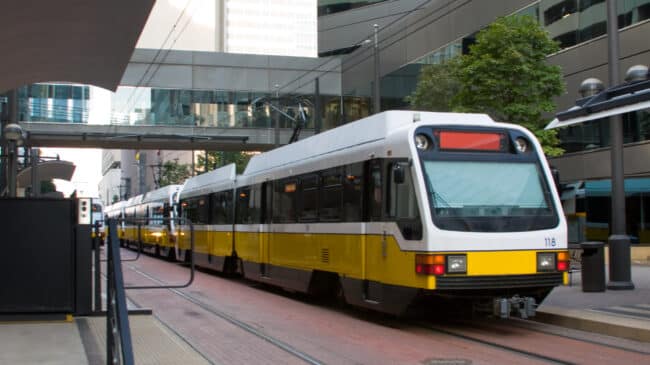Since the passage of the Intermodal Surface Transportation Efficiency Act (ISTEA) in 1991, approximately 20 percent of the funding in each surface transportation reauthorization bill has been dedicated to mass transit. The federal government allows capital transit projects to be funded with 80 percent federal money and 20 percent local money. When it comes to transit operating and maintenance expenses, federal funding can match up to 50 percent of the local spending.
Many of the mass transit systems across the country are in poor shape, in part because they direct money to costly new capital projects rather than needed maintenance. When Congress writes and passes the next surface transportation reauthorization bill it should incentivize maintenance projects by raising the maximum federal share for maintenance and lowering the maximum federal share for capital projects.
State highway systems are in generally good condition. Reason Foundation’s most recent Annual Highway Report found the of the nine categories focused on performance, the country made incremental progress in seven of them.
Meanwhile, many rail transit systems are increasingly in poor condition. Major mass transit agencies, such as the Washington (DC) Metro Area Transportation Authority (WMATA), are using federal funding for new capital projects that should not be priorities due to the major backlogs in maintenance and other system needs.
For example, WMATA is extending its Silver Line out to low-density exurban Virginia at a huge cost while its existing rail network has been plagued by collisions, derailments, fires, and other safety hazards in recent years. The Metropolitan Transit Authority (MTA) of New York has had a series of service breakdowns. And many other major transit systems are encountering similar problems.
Unfortunately, many transit departments prioritize capital projects over ongoing maintenance needs. Part of this problem is structural. Most of the mass transit agency boards across the United States are composed of political appointees, who often favor big new projects that allow for ribbon cuttings, photo opportunities, and credit to be taken. As a result, there is often a built-in bias towards building new rail projects over improving and adding existing transit services.
That’s one reason there have been more than 20 new light-rail lines added over the last 20 years, despite many of the rail projects failing to increase transit ridership or meet forecasts.
Additionally, new rail expansions can sometimes mean cuts in bus service. When the Dallas Area Rapid Transit (DART) Authority and Houston Metro added new light-rail service, for example, they cut existing bus service, resulting in fewer riders using the system—after adding the rail service at great cost.
With reduced transit ridership due to the COVID-19 pandemic, this is a particularly poor time to add costly new capacity. Transit ridership is down 60-80 percent, with rail ridership experiencing the biggest decrease. Most transportation experts do not expect mass transit ridership to fully recover. In the months and years ahead, many experts expect there to be lingering pandemic-related travel behavior changes—like permanent shifts to working at home. Long-term trends in ride-hailing apps and the future availability of automated vehicles are also likely to hit transit ridership.
Given these circumstances, Congress should cap federal funding of transit capital projects at a 50 percent share. And preference should be given to regions that provide a higher local match share.
Federal funding for transit maintenance and operations should be moved from the current 50 percent cap to an 80 percent cap, with priority given to systems that keep their infrastructure in better overall condition.
When it comes to travel, work, and commuting patterns, there is a lot of uncertainty. In the next few years, mass transit systems should be especially careful. They need to seriously consider realistic ridership forecasts and the costs and benefits of any proposed system expansion. Maintaining and repairing existing transit systems, not adding new capacity, should be the top priority.

